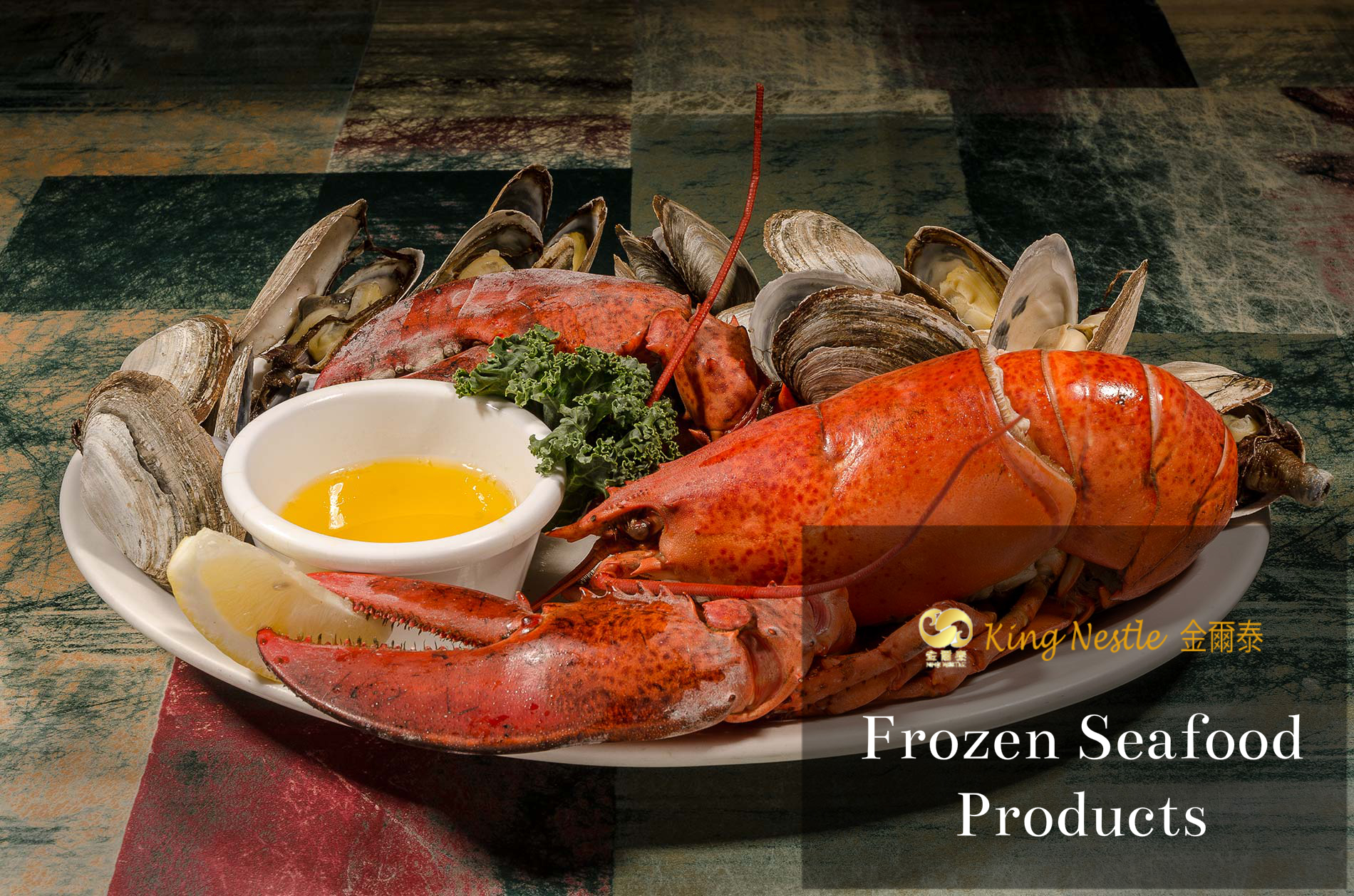- FILMTECH JAPAN: Japan's Largest Advanced Film Tradeshow Announces Key Dates and Highlights for 2024
- Zee Business guides Investors to Navigate the Market with Confidence this Election Season
- Sandeep Marwah Inaugurates Scouts & Guides Marching Band at AAFT
- Scootaround Offered Event Rentals at NAB Show 2024
- Matrix Selected for the Outstanding MSME Excellence Award 2024
- Renowned Actress Radha Bhatt Conducts Acting Workshop at AAFT
- SIGMA launches Interchangeable Lenses for Canon RF Mount System
- Vedanta Aluminium organises 'AutoEdge' conclave, shares aluminium range for auto industry
- Flexisource IT Announces an Exclusive Online Brown Bag Session for Developers on Code Decoupling
- Synology Introduces Advanced Data Management and Security Solutions Against the Rising Ransomware Threats in India
- Shannon's Spring Fine Art Auction on Thursday, May 2nd, will be Led by Important American Paintings
- RITES Limited DVC collaborate for rail infra works
- Holabird's Wild West Relics Auction, April 6-7 & 13-14, had 2,300 Lots in 60 Collecting Categories
- Extraordinary People Awards and Williams Elite Hall of Honor Embrace International Guest for 2024
- Mapic India Shopping Centre and Retail Summit & Awards 2024 slated to happen in Delhi on April 25th
 Mail to a Friend Mail to a Friend |
|
     |
King Nestle Company sheds light on how to select and consume seafood products safely

Fish and shellfish are the great sources of an abundant amount of protein and other essential nutrients that are the important constituents of a regular healthy diet.?In point of fact, a balanced diet that includes a variety of fish and other seafood products can contribute to wholesome health and help children grow and develop properly.?However, in general, just like all types of foods, it is important that your Seafood Products is preserved so that you do not run the risk of any food-borne health hazards, for example, one of the most common ones include "food poisoning". It is worth considering to follow a few key recommendations on seafood safety regarding the purchase, preparation and storage;?so you and your family can enjoy seafood dishes with scrumptious taste and complete nutrition.
Precautions to follow before consuming any fish or any other seafood products:
It is worth considering to buy a fish that is either pre-frozen or placed on a thick layer of fresh ice that does not melt (preferably in a box or under some kind of cover).
1. Fish should smell fresh and agreeably;?If is smells ammonia-like bad, discard the idea to buy it.
2. A fish's eyes should be crystal-clear and bulge somewhat.
3. The meat of the entire fish and fillets should be vivid with bright red gills, exclusive of cloudy substance.
4. The flesh should bounce back to its place after you press it.
5. Fish fillets should have no staining, darkening or drying out the edges.
6. Vannamei White Shrimp meat should be see-through and gleaming, with slight or no smell.
If you are going to consume the products within two days after you have bought them, then it is best to keep your seafood products in the freezer. If you make up your mind to use the refrigerator to pile up your seafood, right away when you are back to home, it is advisable to place your seafood in the refrigerator - wrapped in a foil or preserved in containers that do not allow air to pass through. Give a note to the fact that live oysters, mussels, crabs, lobsters and crayfish should be stored in, not sealed, but airy containers. That may be giving some common sense, but if this is your first time to store live seafood/other products, it is good to read.
Company :-KING NESTLE INTERNATIONAL COMPANY
User :- Xu Lixing
Email :-frozenseafoodchina@gmail.com
Phone :-86 13-67023-8688
Mobile:- -
Url :- http://www.frozenseafoodchina.com










